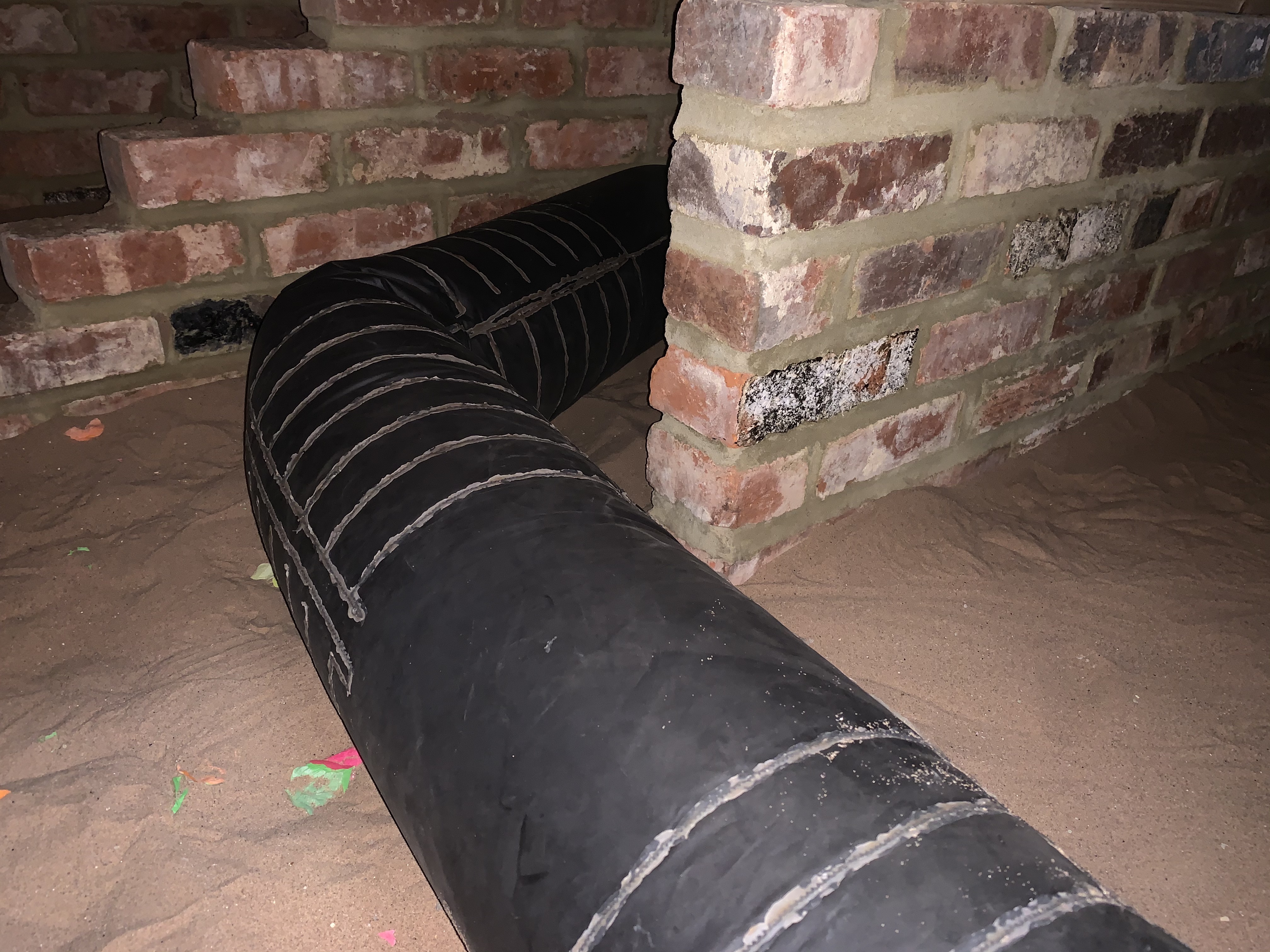
Eversion Robots and Actuators
Growing Structures
Eversion Robots for Extreme Environments
A Technology Readiness Level (TRL) 4 Project
This work is done in collaboration with the National Centre for Nuclear Robotics (NCNR) to develop soft manipulators, so-called eversion robots, made from fabrics, and capable of growing from their tip to tens of metres in length in a fashion similar to growing vine. I have developed innovative approaches so that these structures can elongate from the tip as well as to precisely control the motion of these robotic manipulators achieving multiple degrees of freedom in bending. They are compliant and therefore are capable of safely interacting with the environment around them as they grow through narrow pipelines and tight openings. These pneumatic and tendon driven robots will greatly enhance the capabilities of conducting complex sensing and manipulation tasks in remote, constrained and otherwise inaccessible areas.
Complementing these actuation techniques, we are developing low cost bending sensors based on optical fibres that can be embedded into such soft eversion robots as well as fabric-based grippers to provide sensory feedback. The low transmission losses in the optical fibres will enable placing the readout electronics far from the working areas which are potentially radioactive, achieving a greatly improved sensor lifetime when compared to standard sensors relying on sensitive electronics.


EPAM: Eversive Pneumatic Artificial Muscle
Pneumatic Artificial Muscles, which are lightweight actuators with inherently compliant behavior, are broadly recognized as safe actuators for devices that assist or interact with humans. This paper presents the design and implementation of a soft pneumatic muscle based on the eversion principle - Eversive Pneumatic Artificial Muscle (EPAM). The proposed pneumatic muscle exerts a pulling force when elongating based on the eversion (growing) principle. It is capable of extending its length by a minimum of 100% when fully inflated. In contrast to other soft pneumatic actuators, such as the McKibben's muscle, which contract when pressurized, our EPAM extends when pressure is increased. Additionally, important advantages of employing the eversion principle are the capability to achieve high pulling forces and an efficient force to pressure ratio. In a pivoting joint/link mechanism configuration the proposed muscle provides motion comparable to human arm flexion and extension. In this work, we present the design of the proposed EPAM, study its behavior, and evaluate its displacement capability and generated forces in an agonistic and antagonistic joint/link arrangement. The developed EPAM prototype with a diameter of 25 mm and a length of 250 mm shows promising results, capable of exerting 10 N force when pressurized up to 62 KPa.
Eversion Robots in the Voids under the Houses and Incavity Walls
A Technology Readiness Level (TRL) 4 Project
In this project, in collaboration with Q-bot, a London-based robotic company. The aim is to design, manufacture and validate robust, soft robots to remotely inspect insulation below the ground floor of domestic dwellings, especially in areas of restricted access, such as in the void under the house and incavity walls.
Extensions of the projects will explore the development of robots in extreme and challenging environments of inaccessible areas of buildings (initially), infrastructure networks (including sewers) as well as nuclear site inspection The project will deliver a stiffness-controllable and flexible robot prototype that will be validated in demanding environments.
At the end of the project, a proof of concept prototype is developed that validates in demanding environments as well as developing further the service robotics business model (and validating it in various industrial segments using the Lean Start-up principles).
